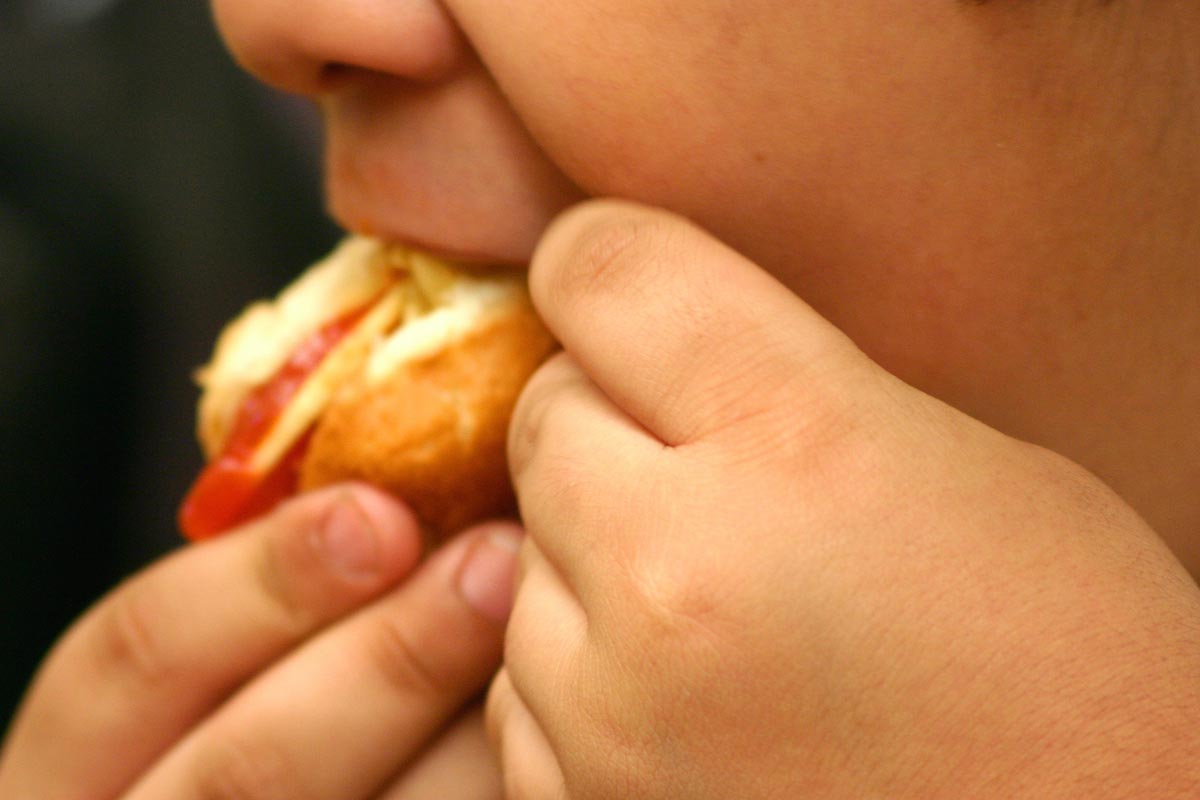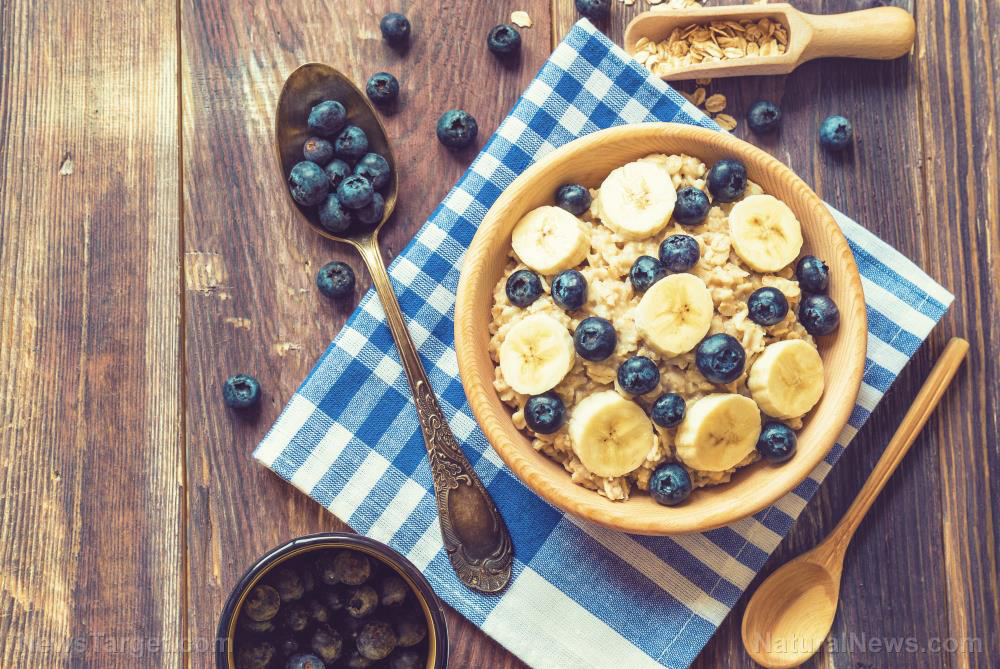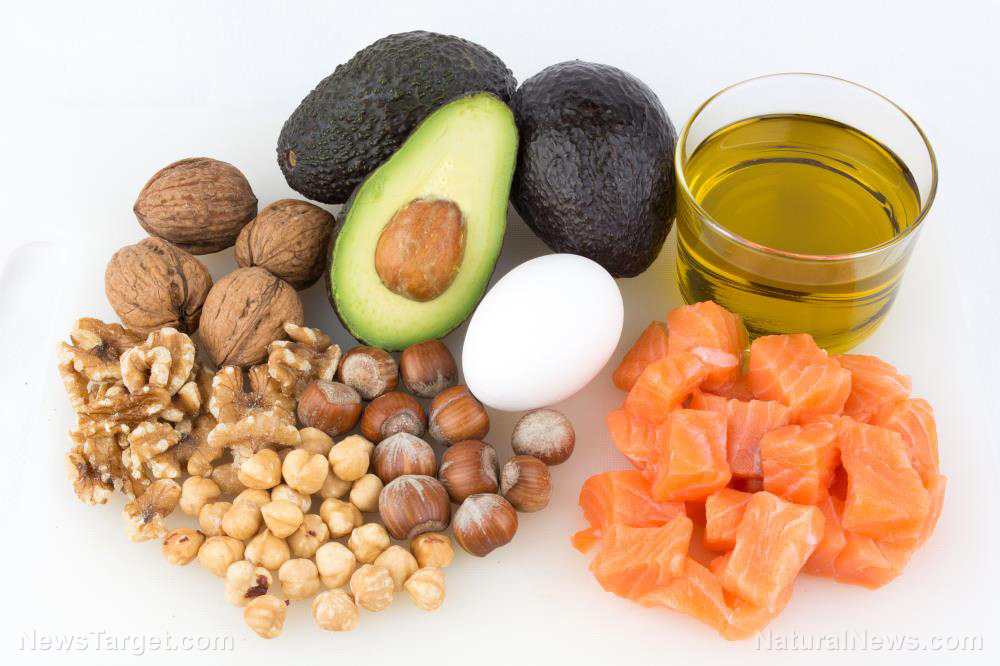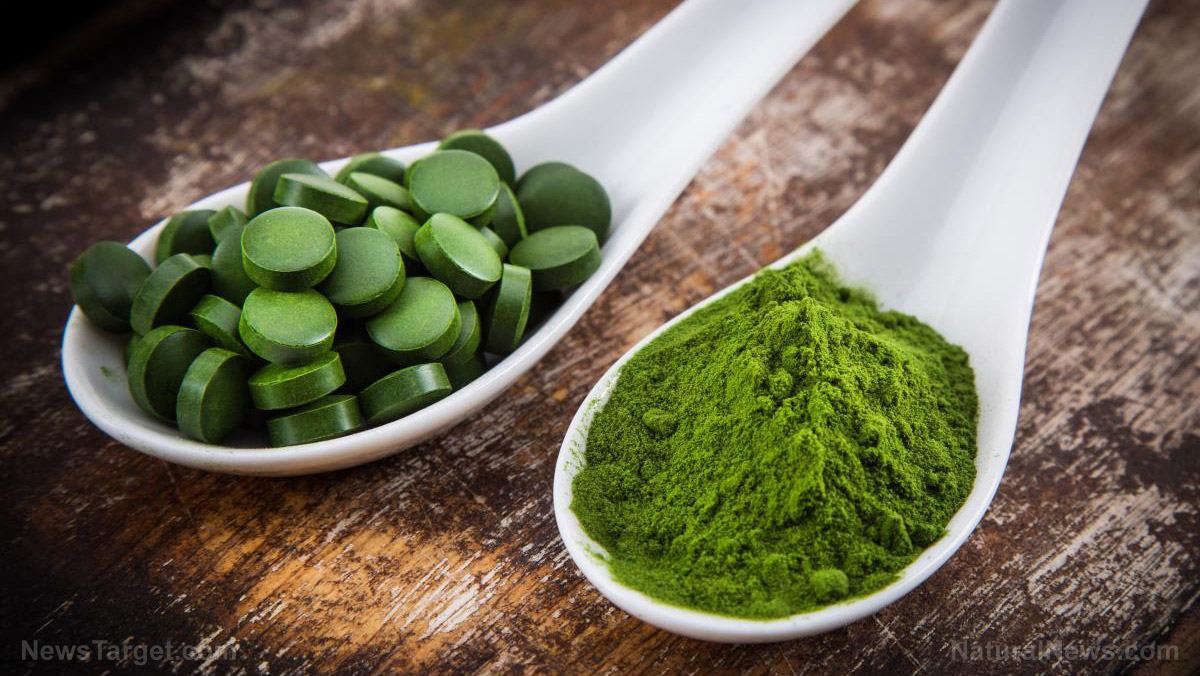Obesity now a sign of POVERTY rather than wealth, 70-year-old study concludes… richer people tend to be slimmer
04/22/2018 / By Zoey Sky

While it was previously believed that being fat was a status symbol, a study has determined that it is now a sign of poverty.
Based on data from 1946 concerning child obesity, by the end of wartime rationing, children were consuming more calories. However, these kids were slimmer and healthier on average compared to modern children. In fact, the comparatively high price of healthy food being sold today might be one reason for this switch in weight between children from poor and rich families.
Though experts approve the levy on high-sugar drinks in the U.K., they believe the trend will probably continue unless the British government takes steps to reduce the fat and sugar content in food and drinks. There will also be a need to enforce stricter measures on food advertisements aimed at young consumers.
The weekly postwar food ration for children provided them with at least 1,800 calories, the recommended amount for growing eight-year-olds, via a low-sugar diet with a lot of fruits and vegetables, as per the International Obesity Task Force. Meanwhile, these days children eat chips, chocolates, and hamburgers that amount to at least 3,000 calories daily. (Related: Teaching children about the causes of obesity helps reduce it, study confirms… so why aren’t schools teaching kids about junk foods?)
Researchers from the University College London’s Institute of Education analyzed data about the health of 22,500 children at seven years old, 34,873 at 11 years old, and 26,128 at 15 years old in four groups from 1946 to 2001. Based on the results of the study, poorer children born several years after the war were both thinner and shorter than children who came from wealthier families.
However, when the millennium rolled in poorer children were taller, but they also had a tendency to be obese and overweight. Earlier studies looked into trends concerning body mass index (BMI), not height and weight separately. This study, which was published in The Lancet Public Health journal, determined that from 1953 to 2015, the discrepancy in children’s BMI levels between children from poor and rich families had expanded. Yet the difference in their height has narrowed and fewer disadvantaged children are shorter.
Dr. David Bann, the study’s lead author, explained that based on the report, earlier policies that were aimed at addressing childhood obesity and poor health via diets failed. He also expressed his doubt that existing policies could effectively change things.
Dr. Bann cautioned that unless effective measures were implemented, “childhood BMI inequalities are likely to widen further throughout adulthood” and that this can result in years of disastrous health and economic consequences.
He concluded, “Bold action is needed, such as creating further incentives for food manufacturers to reduce sugar and fat content in food and drinks, reduce the advertising of unhealthy foods to children and families, and incentivise the sale of healthier alternatives.”
Tam Fry, from the National Obesity Forum, shared that a crucial step to resolving this concern is resolving current issues on food affordability, availability, and quality. Fry noted that the end of rationing and improved food accessibility allowed poor families to “catch up in height.”
Fry did acknowledge that one drawback is the staple diet of poor families worsened compared to that of richer families.
Healthy snacks for kids
If your kids are fond of snacking on chips and chocolates, try giving them these healthier snack options:
- Apple and peanut butter — This classic snack contains protein and fiber, and the apple can help your children stay hydrated. One large apple contains at least half a cup of water.
- Cherry tomatoes with unsweetened Greek yogurt — This sweet and savory combination is the perfect summery snack when tomatoes are in season. Greek yogurt contains 15 to 20 grams of filling protein that can energize your kids. Tomatoes are also full of vitamin C, the immune-boosting antioxidant. For a sweeter snack, replace the cherry tomatoes with some berries.
- Fruit kabobs — You can make this snack by skewering at least three different fruits, like kiwi, pineapples, and strawberries. Serve the fruit kabobs with some coconut chips or cashews for a tropical twist. You can also freeze this snack so your kids can enjoy a cool and refreshing treat.
- Veggie sticks and hummus — You can dress up plain hummus with some garlic, roasted red pepper, spicy jalapeno, or tomato and basil. For the vegetable sticks, try some radishes and peppers. This snack combines fiber, healthy fat, and plant protein.
You can read more articles about fresh food and tips to help your children stay healthy at Fresh.news.
Sources include:
Tagged Under: advertisements, child obesity, diet, fast food, food science, fresh foods, good diet, good nutrition, nutrition, obesity, overweight, poverty, proper diet, proper nutrition, snacks, sugar, vegetables, wealth, weight gain, weight loss




















